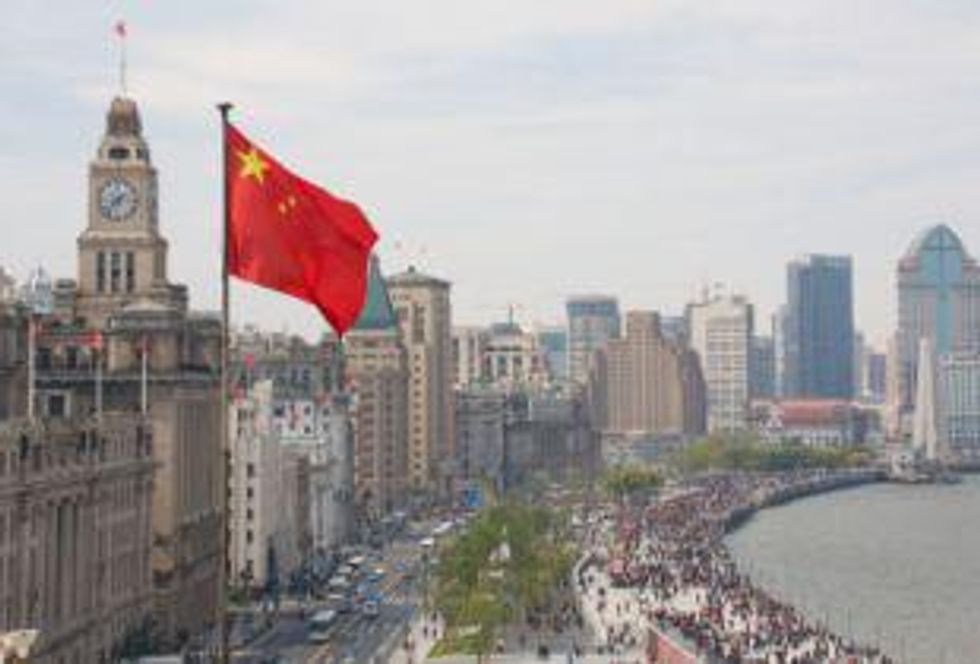The latest five year plan from China limits the production of many base metals in including molybdenum. China the world’s largest steel producer may find itself importing more molybdenum as a result.
By Michael Montgomery—Exclusive to Moly Investing News
The latest incarnation of China’s ‘Five Year Plan’ may affect the long run outlook for a basket of base metals. In an effort to reduce the amount of energy needed to refine metals (as well as the subsequent pollution) the country has capped the growth of 10 metals at 8 percent per year. Included in this group of metals is molybdenum, capping production in 2011 at 200,000 tonnes, up from 185,000 tonnes in 2010. This new policy falls in line with statements from Chinese officials classifying molybdenum as a strategic material, saying it would restrict the mining and export of the metal starting in 2011, and may even build a stockpile of the metal.This change may also mean that China, the world’s largest steel manufacturer, may have to increase imports of molybdenum, essential to high strength steel. This steel will be needed for large scale infrastructure projects as well as automotive production. “The big Holy Grail for molybdenum is the lightweight steels they’ll be using in cars in the coming decade,” said Justin Lennon, a base-metals analyst at Mitsui Bussan Commodities. While high oil prices have put a dent in the forecast for automobile sales worldwide, in China the growth of the automobile market is still expected to climb by approximately 15 percent this year.
In 2010, automobile sales in China gained 32 percent, to just over 18 million units. The elimination of government subsidies and tax breaks for new vehicle purchases may be behind the slow down in automobile sales. However, some analysts forecast 40 million units by 2020. The increase in sales from China alone means nothing but positives for the molybdenum market.
In relation to automotive demand, the reduction in output from Japanese automakers in the wake of the disaster is holding down forecasts for moly demand in the country. Many of the plants are still operating well below average. Toyota alone may lose production of 300,000 vehicles in Japan and 100,000 units of overseas auto production through the end of April.
While the loss of moly demand tied to the lack of auto production from Japan is substantial, it will be offset slightly by the production of power plants from Tokyo Electric Power Company (Tepco). The company plans to construct 109 thermal plants.
“Japanese steelmakers through several trading houses have ordered at least four container loads of moly oxide from the spot market in the last two weeks. Among the four identified, one container-load is believed to be related to the Tepco demand,” stated Mayumi Watanabe, for Platts.
The added demand for steel from not only the construction of these power plants, but for the rebuilding of other structures lost to the earthquake and tsunami should offset lost steel and moly demand from reduced automotive demand.
New Molybdenum Markets
The molybdenum as a substitute for platinum as a catalyst in the production of hydrogen is picking up momentum. The first use of moly in hydrogen production discovered at U.C. Berkeley was reported on Moly Investing News in May, 2010. This latest discovery is from researchers at Ecole Polytechnique Fédérale de Lausanne (EPFL) in Switzerland.
“Producing hydrogen in a sustainable way is a challenge and production cost is too high. A team led by EPFL Professor Xile Hu has discovered that a molybdenum based catalyst allows hydrogen production at room temperature, and is inexpensive and efficient,” reported Nicolas Guerin.
The discovery could pave the way for economically viable hydrogen power. While these technologies are still a way off from widespread commercial use, the use of molybdenum in nano-technology and hydrogen power could pave the way not only for a robust new market, but for a smarter and greener planet.
